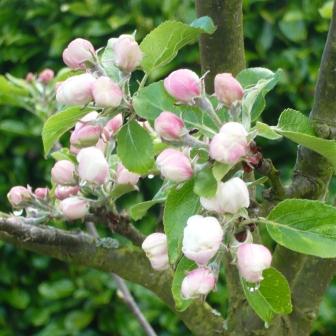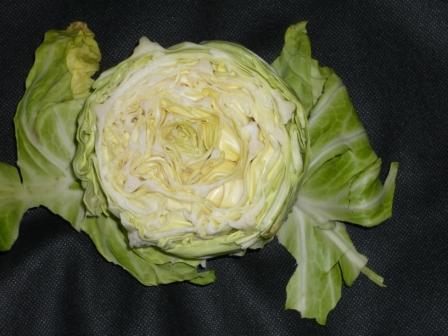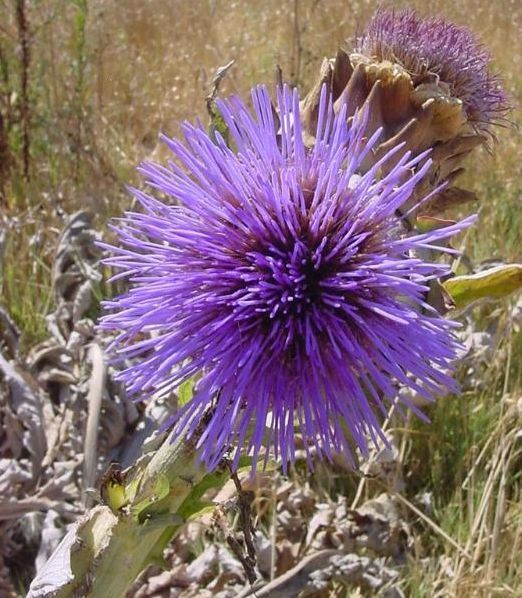Help Growing Rhubarb
If you want to help your Rhubarb water it even when it is raining!

Rhubarb Summary Top Tips
- Encourage strong leaf growth to encourage heavy crops with nitrogen compost and manure. Lime in winter.
- Stop picking stems by the end of July to allow roots to boost strength for next season.
- Plant 3 feet apart in friable but well trodden soil.
- Give a thick mulch around clumps to preserve moisture.
Rhubarb Calendar
- Plant out new roots with good eyes/buds in November or December.
- Divide roots in October-December a large 3 year old root may produce 6 plants/offsets.
- Allow all leaves to die down in autumn before clearing away.
- Grow from fresh seed sown under cover in September or direct in March
- Pick early, second early or Late maturing varieties from March to August.
- Grow your own Rhubarb as it is easy to cultivate and gives a large crop of tender pink stalks.
- Avoid picking stalks in the first year – let the crowns develop.
Varieties to choose
- Victoria, with thin stalks of rosy red that turn pink and green towards the tip. It is a late season cropper.
- Timperley Early AGM is the earliest to be harvested with long stems and a good flavour.
- Raspberry Red is a mid-late season variety of deep red stalks.
- Stocksbridge Arrow, is an old favourite in the West Riding of Yorkshire the home of there rhubarb triangle.
- Champagne is also one of the best varieties but there are lots to choose from at your garden centre or cadge a crown from neighbours.










